Sources from the Values, Vision, and Goals Course
The exercises in the Values, Vision, and Goals courses (and workbooks) are curated from books, speakers, personal experiences, and other goal-setting curricula I've encountered over the years. I'm a student of the practice of goal setting, and I believe in citing my sources. Though I wrote all the text and instructions in the workbook, I'm providing the sources of where I encountered many of the concepts in the Values, Vision, and Goals course below:
The Circle is a concept from Suzanne Conrad's goal-setting philosophy. Conrad helped develop lululemon athletica's goal setting curriculum, which is the method I first learned at my first job out of college and kicked off my lifelong love affair with goal setting.
The idea of The Wheel of Life is thousands of years old. It shows up in Buddhist teachings and represents the balance of multiple areas of the universe, like the spokes of a wheel. Today in the modern West, the Wheel of Life is most frequently attributed to motivational speaker Zig Ziglar, who articulated the seven areas of life used in the Values, Vision, and Goals workbook.
Core Values is another concept that is so old as to be open source. But the particular list of core values used in this system is from the VAL Values Arrangement List Survey. You can learn more about the VAL here >> The 21 values you'll encounter in the Core Values exercise are the VAL's list of Life Values (as opposed to Operational Values). Life Values are the end state and are associated with ultimate aspirations or what individuals strive to maintain or achieve over their lifespan.
The practice of writing a vision is also a very common activity, but I first encountered it in the lululemon goal-setting curriculum. I wrote the questions that are used as the prompt in your Values, Vision, and Goals workbook, but was heavily influenced by the lululemon vision exercise.
And finally, SMART goals is ubiquitous in the world of goal setting. It's generally accepted that the SMART acronym was first coined in 1981 by George Doran, in a paper entitled, "There's a SMART Way to Write Management's Goals and Objectives." I added my own spin to it by adding WAP.

